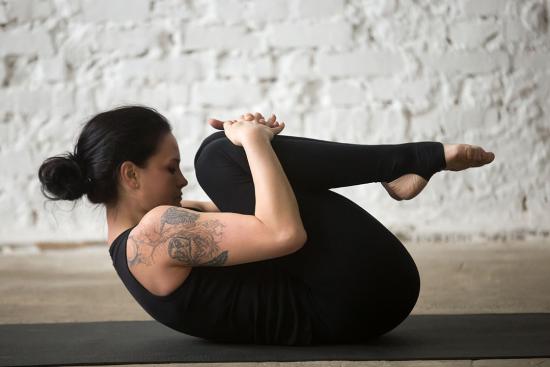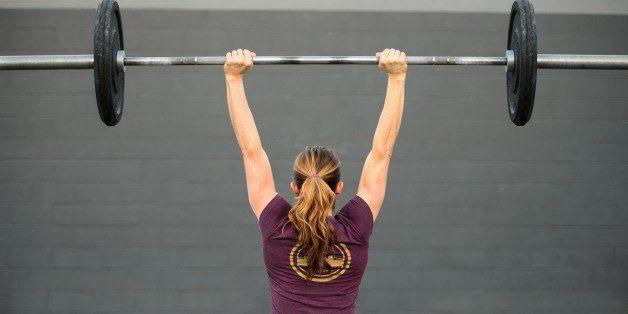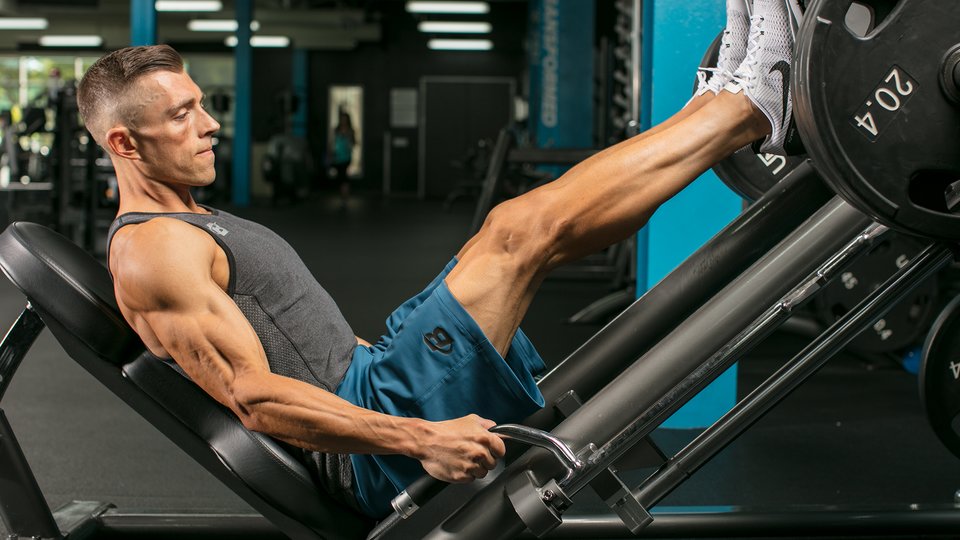Lower back pain can be debilitating and affect the quality of your life. If you experience lower back pain, it’s essential to take preventive measures and avoid certain exercises that can exacerbate the condition. In this comprehensive guide, we will explore the seven exercises you should never do if you have weight lifting exercises to avoid with lower back pain. We’ll provide expert insights, practical advice, and alternative exercises to help you stay active while safeguarding your back.
1. Avoid Heavy Deadlifts: Protect Your Lumbar Region

Deadlifts are a popular exercise to build overall strength, but they can put significant stress on your lower back. Lifting heavy weight lifting exercises to avoid with weight lifting exercises to avoid with lower back pain, especially without proper form, can lead to strain and potential injuries in the lumbar region. Instead, focus on alternative exercises like glute bridges and Romanian deadlifts to target similar muscle groups without the risk. Weightlifting Belt A good quality weightlifting belt can provide support and stability to the lower back during heavy lifting exercises
2. Say No to Sit-Ups: Spare Your Spine

Traditional sit-ups can place excessive pressure on your lower back, potentially leading to spinal compression and discomfort. Rather than performing sit-ups, opt for exercises like planks and bird-dogs, which engage your core without straining your back. Resistance bands can be used to perform glute bridges and Romanian deadlift variations, offering a safer way to target similar muscle groups without putting excessive stress on the lower back.
3. Avoid High-Impact Exercises: Protect Your Discs

High-impact exercises like running and jumping can jolt your spine and exacerbate weight lifting exercises to avoid with lower back pain. Consider low-impact activities such as swimming or cycling, which provide cardiovascular benefits without subjecting your back to unnecessary stress. Foam Roller A foam roller can be used for self-myofascial release to alleviate tightness and tension in the lower back and other muscles after a workout.
4. Skip Heavy Squats: Spare Your Lower Back

While squats can be an excellent compound exercise, heavy barbell squats may cause undue pressure on your lower back. Opt for goblet squats or body weight lifting exercises to avoid with lower back pain squats to work your lower body effectively without jeopardizing your back health. Kettlebell exercises can be a great alternative to traditional deadlifts, as they involve less strain on the lower back while still engaging multiple muscle groups.
5. Steer Clear of Overhead Presses: Protect Your Shoulders and Lower Back

Performing overhead presses with improper form can lead to unnecessary stress on your lower back and shoulders. Substitute with shoulder-friendly exercises like lateral raises and front raises to target your deltoids without compromising your lower back. Core Trainer Strengthening the core muscles can help support the lower back during various exercises. Consider investing in an abdominal/core trainer or an exercise wheel.
6. Avoid Leg Press with Full Range of Motion: Protect Your Lumbar Spine

While leg presses can indeed offer valuable benefits for strengthening your lower limbs, it’s crucial to be mindful of the potential strain they can place on your lumbar spine if not performed with proper form and control. The concern lies in the fact that leg presses involve sitting down and pushing a weight lifting exercises to avoid with lower back pain platform away from your body, which can lead to excessive flexion and extension of the lower back. This repetitive motion under load may result in undue pressure on the lumbar region and increase the risk of lower back discomfort or injury.To mitigate these concerns and still achieve effective leg workouts, it’s advisable to incorporate alternative exercises that focus on your leg muscles while maintaining a neutral spine position.
7. Say No to Double Leg Raises: Spare Your Lower Back
Double leg raises, a common exercise where you lie on your back and lift both legs simultaneously, can be quite demanding on your lower back. The repetitive motion of raising both legs can place excessive strain on the lumbar region, potentially leading to discomfort, soreness, or even pain in the lower back area. This discomfort may be exacerbated if you have any pre-existing lower back issues or weaknesses in your core muscles.Instead, consider incorporating single-leg raises into your workout routine. This modification allows you to lift one leg at a time while keeping the other leg grounded, distributing the load more evenly across your lower back and core muscles. By engaging in single-leg raises, you reduce the overall strain on your lower back, minimizing the risk of discomfort and potential injury.
Conclusion
Never underestimate the importance of taking care of your lower back, especially if you experience pain or discomfort. By avoiding the seven exercises mentioned in this article and choosing alternative options, you can protect your back and continue to enjoy an active lifestyle. Remember to consult a healthcare professional before starting any new exercise routine, and always listen to your body’s signals during workouts. With proper care and attention, you can safeguard your lower back and maintain overall well-being.
FAQs
Can I still exercise if I have lower back pain?
Absolutely! Exercise is crucial for maintaining overall health, even with lower back pain. However, it’s essential to choose the right exercises and perform them with proper form to avoid aggravating your condition.
Should I consult a healthcare professional before starting a new exercise routine?
Yes, consulting a healthcare professional or a qualified fitness trainer is highly recommended, especially if you have a history of weight lifting exercises to avoid with lower back pain. They can assess your condition and provide personalized exercise recommendations.
Can yoga help with lower back pain?
Yoga can be beneficial for individuals with weight lifting exercises to avoid with lower back pain, as it promotes flexibility, strength, and relaxation. However, it’s essential to practice yoga under the guidance of a knowledgeable instructor who can modify poses to suit your needs.
How can I protect my lower back during exercise?
To protect your lower back during exercise, focus on maintaining proper form and alignment. Engage your core muscles, avoid excessive twisting or bending, and listen to your body’s signals to prevent overexertion.
Are there any specific exercises that can alleviate lower back pain?
Yes, certain exercises can help alleviate weight lifting exercises to avoid with lower back pain. Strengthening your core, glutes, and hamstrings, as well as incorporating gentle stretches, can often provide relief. However, always consult with a healthcare professional before trying new exercises.
How can I prevent lower back pain in the future?
To prevent weight lifting exercises to avoid with lower back pain in the future, prioritize proper posture and body mechanics during daily activities. Regular exercise, a balanced diet, and maintaining a healthy weight also contribute to a healthy back.




